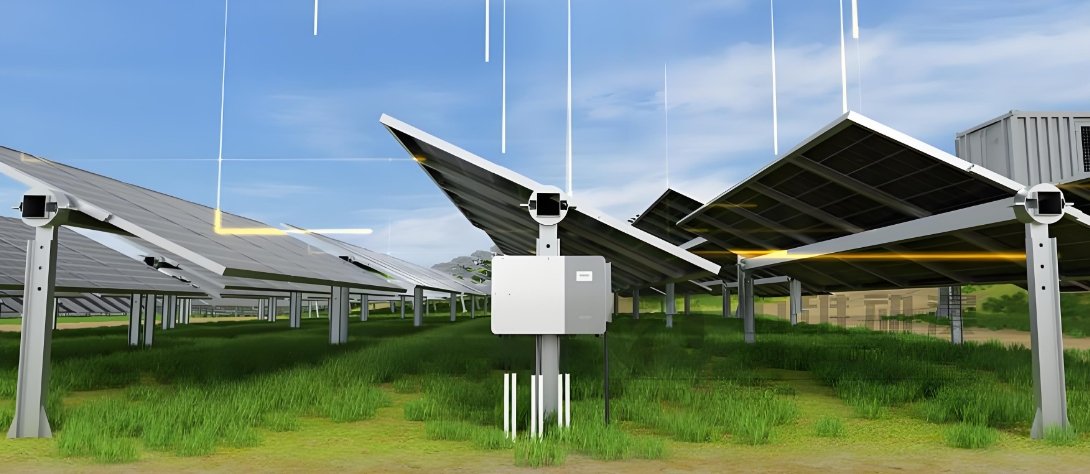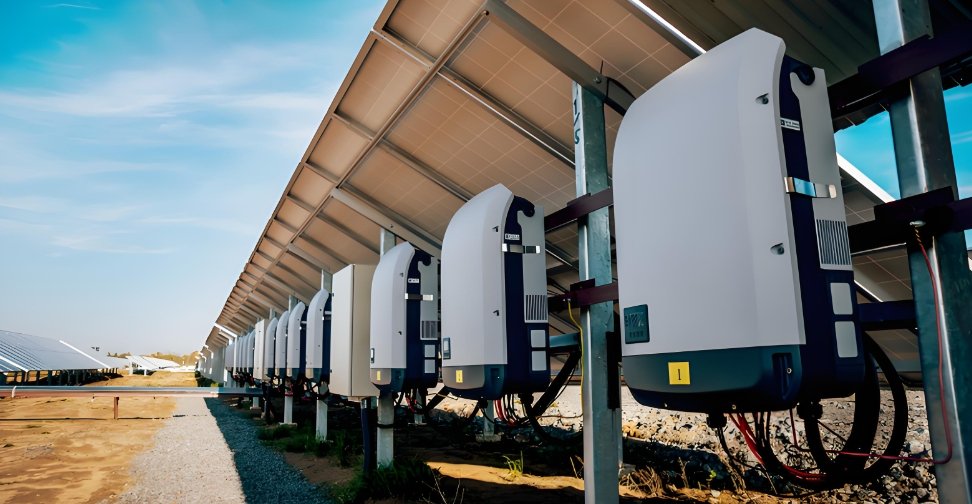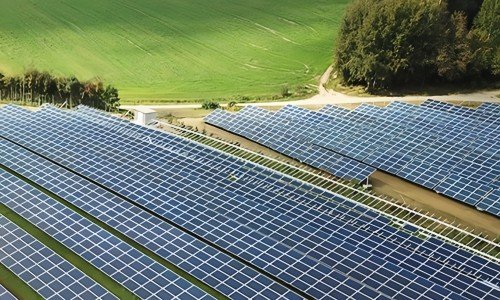Installing a solar energy system can be a great investment, but it's crucial to navigate local regulations. Let’s explore what rules apply.
When installing a solar system, following local building, electrical, fire, and environmental codes is essential for compliance.
Failure to comply with these regulations could not only lead to costly fines but also impact the safety and longevity of your system. According to a report from the National Renewable Energy Laboratory (NREL), non-compliant installations can result in a 30% increase in maintenance costs over time. Understanding and adhering to these regulations is essential for a smooth installation process.
Continue reading to ensure you're aware of all the local regulations before installation.
Building Codes
Building codes are the first hurdle in any solar energy installation. These codes ensure that your structure is safe and will support the solar panels.
Local building codes1 dictate the strength and safety of structures for solar panel installations.
Understanding building codes is essential because they ensure the roof or ground structure can handle the weight of the panels. These regulations also cover issues like wind load resistance, snow load, and other structural considerations. Before installation, it's crucial to verify that your building can meet the specifications for solar panel mounting.
Case Study: Hurricane-Resistant Installation (USA)
A Florida homeowner installed solar panels on their roof without factoring in local wind resistance codes. A year later, during a hurricane, the panels were dislodged, causing significant damage to the home. The installation did not meet the Miami-Dade County Building Code, which specifies higher wind speed resistance due to the area’s vulnerability to hurricanes. This resulted in costly repairs and fines.
Case Study: Snow Load Compliance (Germany)
In Germany, a commercial solar installation in a region with heavy snowfall did not meet the local snow load regulations. As a result, the panels began to sag, eventually leading to their collapse under the weight of snow. The installation had to be entirely redone at a cost of €120,000, along with a fine for non-compliance with DIN 1055 (the German standard for building loads).
| Requirement | Explanation |
|---|---|
| Wind Load | Panels must withstand certain wind speeds. |
| Snow Load | Installation must account for heavy snow. |
| Roof Integrity | The roof must support the panels' weight safely. |
Electrical Codes
Electrical codes are necessary to ensure safe installation of wiring and connections within the solar system.
Electrical codes2 govern how wiring and inverters are safely installed for solar systems.
Compliance with electrical codes is a key part of solar system installation. These codes ensure that your electrical connections are up to industry standards and safe for long-term operation. For example, in many areas, a licensed electrician must install or verify the system’s electrical components to avoid potential hazards like electrical fires.
Research Data: Fire Hazards and Electrical Compliance (Europe)
A study by the European Commission found that improper electrical wiring and installation contributed to nearly 35% of solar-related fires across the EU in the last decade. Many of these incidents were attributed to failure to comply with IEC 60364 (the International Electrotechnical Commission standard for electrical installations), which sets the foundation for safe wiring practices.
| Component | Regulation |
|---|---|
| Inverter Connections | Must be installed by a certified electrician. |
| Wiring Safety | Must meet local electrical standards. |
| Grounding | Essential for preventing electrical shock hazards. |
Fire Codes
Solar panel installations must adhere to fire codes to prevent electrical fires and ensure safety in the event of a malfunction.
Fire codes3 address installation risks like electrical fires and panel overheating.
Fire codes help ensure that all solar panel components, including wiring, inverters, and the panels themselves, are safe from heat buildup and electrical faults. Fire regulations can also dictate the distance between panels and other building materials to prevent fire hazards.
Case Study: Overheating and Panel Fire Risk (UK)
In London, a solar installation on a commercial building failed to meet Fire Safety Regulations 2016 concerning the installation of inverters near flammable materials. A malfunctioning inverter caused a fire that spread to the roof. The incident resulted in the destruction of over £250,000 worth of property. It was found that the installation did not follow the required BS 7671 (the British standard for electrical installation), which mandates that inverters be installed at least 1 meter away from combustible surfaces.
| Safety Feature | Purpose |
|---|---|
| Fire-resistant Materials | Minimizes fire risk from panels or wires. |
| Panel Spacing | Ensures proper ventilation to avoid overheating. |
| Fire Department Access | Clear pathways for emergency response. |
Zoning Regulations
Zoning regulations define where solar systems can be installed based on property types and local land use laws.
Zoning regulations4 determine if you can install solar panels in your specific area.
Zoning laws can impact where and how you install solar panels. For example, if you live in a historic district, special permits might be needed to avoid altering the building’s aesthetic. Additionally, some areas restrict the height of structures like solar panel mounts or dictate that they must be hidden from public view.
Research Data: Solar in Historic Districts (France)
In Paris, the implementation of solar systems in historic buildings has been heavily restricted. A study by Université Paris-Saclay highlighted that around 15% of solar installations in the city were delayed or denied because they did not meet strict aesthetic and zoning requirements set by the Bâtiments de France (French Heritage Buildings). The regulations aim to protect the historical and cultural integrity of the city, making it difficult for solar projects in these areas.
| Area of Impact | Description |
|---|---|
| Historic Areas | Extra permits needed for aesthetic reasons. |
| Residential Zones | Restrictions on panel visibility or height. |
| Commercial Zones | Usually fewer restrictions for solar panels. |
Permitting Process
The permitting process involves applying for and receiving approval from local authorities before installation.
The permitting process5 ensures that your installation meets all local regulations before work begins.
Before installing a solar energy system, most municipalities require you to submit an application for a permit. The approval process will verify that your installation meets all local safety, structural, and environmental standards. It's essential to factor in the permitting timeline, as delays could impact your installation schedule.
Case Study: Delayed Permits (Spain)
In Madrid, a business owner experienced a four-month delay in receiving the necessary permits for solar panel installation due to discrepancies in the paperwork submitted for approval. The Spanish Ministry of Energy found that the installation had failed to include required documentation on energy production estimates and compliance with local electrical codes, leading to the delay.
| Step | Typical Timeframe |
|---|---|
| Application | 2-4 weeks for initial approval. |
| Inspection | 1-2 weeks after installation. |
| Final Approval | 1 week after inspection. |
Environmental Regulations
Environmental regulations address the ecological impact of installing solar energy systems, ensuring they do not harm the local environment.
Environmental codes help protect the environment during solar panel installation and operation.
These regulations ensure that solar panel installation does not damage local ecosystems, including wildlife habitats and water resources. Some areas have specific rules for construction in sensitive areas, such as wetlands or conservation zones. It's crucial to be aware of these environmental rules to avoid legal or environmental consequences.
Research Data: Ecological Impact (Italy)
In Italy, the Environmental Impact Assessment (EIA) is mandatory for solar installations over a certain size. A report from the Italian Ministry of Environment indicated that over 40% of large-scale solar projects in Italy required an EIA due to their potential impact on local biodiversity and water resources. The regulations help prevent soil erosion and ensure that solar projects do not disrupt nearby agricultural land or wildlife habitats.
| Environmental Factor | Considerations |
|---|---|
| Wildlife Protection | Avoiding disruption to local habitats. |
| Water Resource Impact | Minimizing runoff and damage to water supplies. |
| Construction Impact | Restrictions in sensitive ecological areas. |
Conclusion
Adhering to local regulations ensures that your solar installation is safe, legal, and efficient. Ignoring these regulations can lead to safety hazards, legal fines, and costly repairs down the line. By following the established codes and obtaining the necessary permits, you can ensure that your solar energy system is installed properly and contributes to a sustainable future.
Footnote:
-
This link explains the importance of building codes for ensuring structural integrity during solar panel installations. ↩
-
This link explains the importance of electrical codes for ensuring safe and industry-compliant installation of solar system wiring and inverters. ↩
-
This link explains the importance of fire codes in ensuring safety during solar panel installations, preventing fires caused by electrical faults or overheating. ↩
-
This link explains the role of zoning regulations in determining where and how solar panels can be installed based on local land use laws. ↩
-
This link explains the permitting process, including the steps required to gain local authority approval for solar installations. ↩








